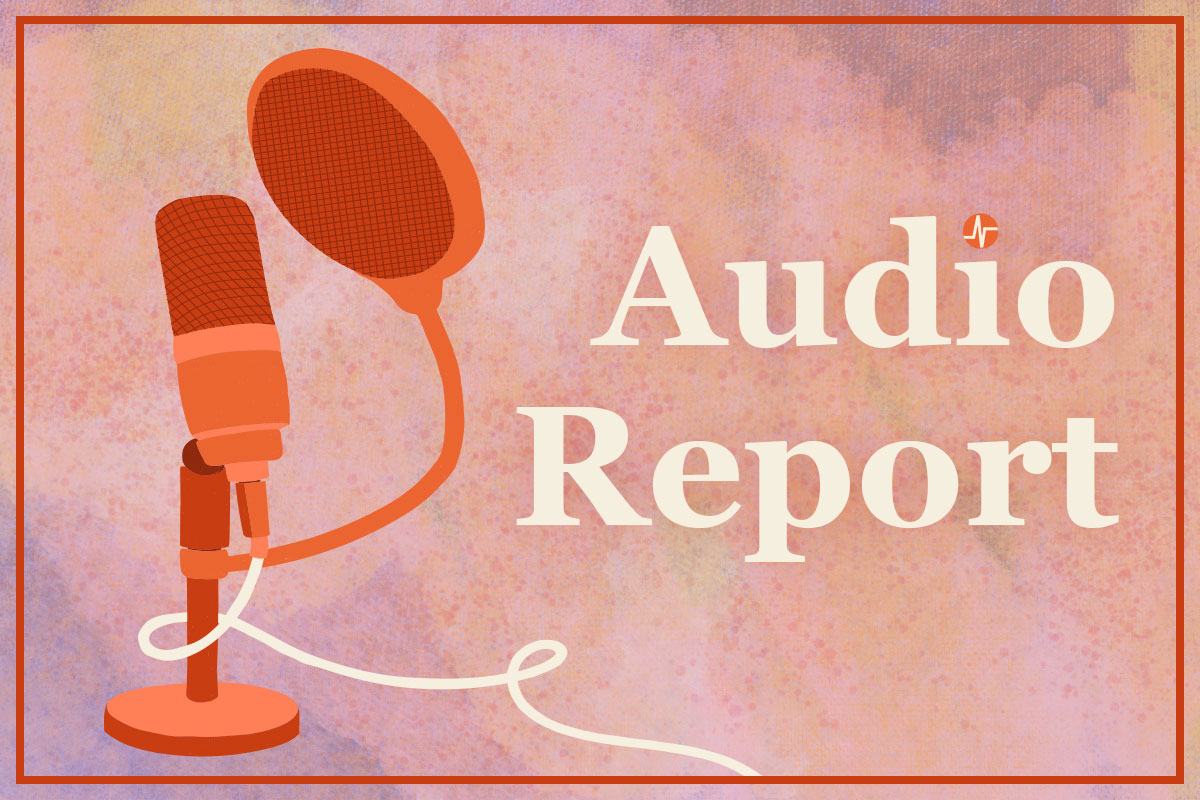
Valley Fever
California Healthline reporter and producer Heidi de Marco explained how climate change is fueling the spread of valley fever for Radio Bilingüe’s “Edición Semanaria” (“Weekly Edition”) on Oct. 28.
A recent UC-Berkeley study, conducted in collaboration with the California Department of Public Health, analyzed the transmission of the fungus that causes valley fever during and after droughts. Researchers found that the fungus can survive through droughts and that cases spike when seasonal rains begin because the spores flourish in wet soil.
The number of cases in California tripled from 2014 to 2018. Symptoms often include fever, cough, and fatigue. Jennifer Head, one of the study’s authors, said to expect more cases of valley fever as climate change brings prolonged droughts followed by winter rainfall.
$25 Minimum Wage
California Healthline contributing radio correspondent Stephanie O’Neill described one labor union’s push for a $25 minimum wage for some health care workers.
The Service Employees International Union-United Healthcare Workers West launched efforts in 10 Southern California cities. But hospitals and other health care facilities pushed back, killing or delaying action in most of those communities. Residents of two cities, Inglewood and Duarte, will vote on minimum wage proposals this month.
Read California Healthline correspondent Rachel Bluth’s coverage of the $25 minimum wage fight here.
Nonemergency Ambulance Rides
O’Neill also explained one large ambulance company’s decision to stop providing nonemergency service in two Southern California counties.
American Medical Response announced it will stop offering nonemergency rides in Los Angeles and Orange counties, citing low payments from the state’s Medicaid program. State officials countered that reimbursements have increased through supplemental payments and for emergency rides.
Read California Healthline freelance writer Sarah Kwon’s story about the company’s pullout here.


